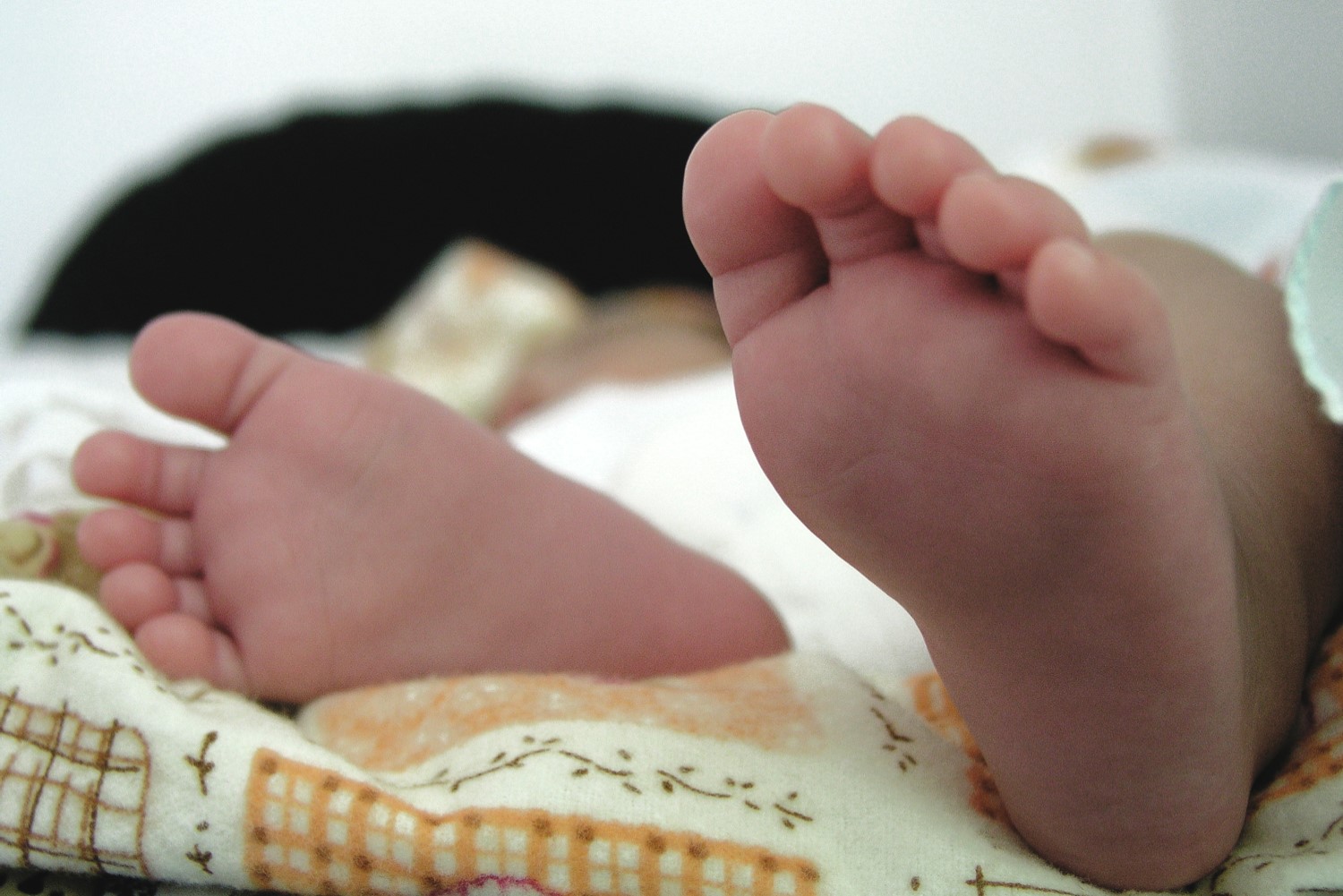How does diabetes affect the feet?

Diabetes affects the circulation of blood throughout the body and this can lead to a higher risk of injuries and pain to the feet. However this can often go unnoticed as high blood sugar levels in the body can reduce the sensation in the feet, meaning cuts, bruises and scrapes aren’t felt and take longer to heal.
How does diabetes affect feet?
Diabetes can have significant effects on the feet, and these effects may differ in children due to the specific changes occurring during the developmental stages. Here are some ways diabetes could affect their feet:
- Increased risk of infections: Diabetes can weaken the immune system and impair their body's ability to fight infections. Foot complications such as ulcers, cuts, or blisters are more likely to occur in children with diabetes, and if left untreated, they can progress to infections. A child with diabetes may be less aware of these wounds or less likely to report them, leading to a delay in noticing any issues. Instead of bare feet at home, why not consider slippers for your child to help prevent bumps and cuts?
- Decreased blood flow (peripheral artery disease): Decreased blood flow in the feet is common with diabetes in both children and adults. It occurs due to damage to the blood vessels and the nerves that control blood flow. The decreased blood flow means that the feet do not receive an adequate supply of oxygen and nutrients, making them more vulnerable to certain problems, such as infection.
- Nerve damage (neuropathy): This tends to be less common in children with diabetes. However, if your child is older it’s something to be aware of as it can occur.
High blood sugar levels, over time, can damage the nerves in their feet. This condition, known as peripheral neuropathy, can cause loss of sensation, tingling, or pain in their feet. Your child may be unable to feel injuries or discomfort, leading to an increased risk of foot ulcers and infections. As this is predominantly caused by high blood sugar levels, keeping their levels within their targeted range can prevent this.
- Changes in foot shape and structure: Although very rare, diabetes can cause changes in the bones and joints of the feet, leading to altered foot shape and structure. Children with growing feet may be more vulnerable to these structural changes due to the ongoing development and growth of their bones and joints.
How to do a diabetic foot check
Performing a diabetic foot check on children involves a thorough examination to assess for any signs of potential foot complications related to diabetes. It’s always best to speak to your child’s healthcare professional to determine what you should be looking out for when completing a diabetic foot check. However, below are typical steps to expect:
- Wash your hands thoroughly and find a well-lit area where you can comfortably examine your child's feet. It’s handy to find somewhere quiet so your child isn’t distracted or wriggling to get away.
- Check for any abnormalities on their feet, such as cuts, blisters, redness, or swelling. Remember to check the top, bottom, and sides of the feet as well as in between their toes.
- Examine their toenails, keeping an eye out for any ingrown toenails, fungal infections, or changes in nail colour, thickness, or shape.
- Use a soft brush or cotton ball to gently touch various areas of their feet. Ask your child if they feel the sensation in each location.
- Look for any changes in foot shape and assess for any areas of pressure or calluses that may indicate improper footwear or biomechanical issues. We work with biomechanics experts to ensure our shoes are of high quality and designed exclusively for children and their developing foot needs.
- Feel the temperature of both feet. Reduced blood flow can hinder their body's ability to heal and fight infections, and leave feet feeling cold.
Remember, it is important for children with diabetes to have regular foot examinations performed by a healthcare professional. If any abnormalities or concerns are identified during your foot checks, consult your healthcare provider for advice.
How often should diabetics check their feet?
Again, this is something your child’s healthcare professional will advise on. However, it’s typical for diabetics to perform regular foot checks on a daily basis. This is important to detect any potential issues or changes early on to prevent complications.
The frequency of professional foot screenings will vary based on your child’s individual factors and your healthcare provider's recommendation. However, it is common to have a comprehensive foot examination by a healthcare professional at least once a year for most diabetics. It's essential for you to follow your child’s healthcare provider's recommendation regarding foot care and attend check-ups to prevent future complications.
Additionally, correctly fitting shoes can go a long way to helping prevent cuts, blisters, bunions and more. If you’re unsure on your child’s shoe size, we have simple, easy ways to conveniently measure at home.
Author: Amanda, published 13-11-2023.
